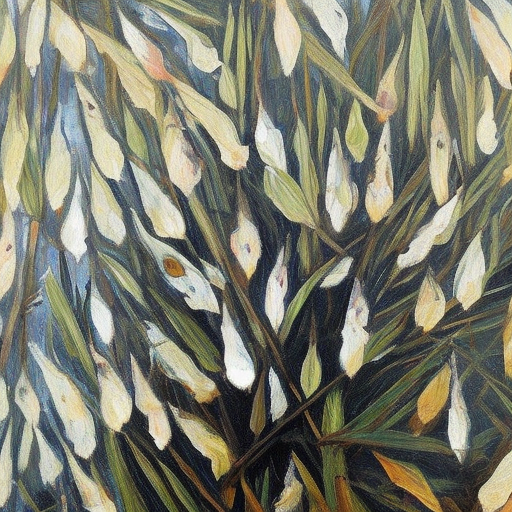The Tale of The Princess Kaguya by Isao Takahata
Summary: “The Tale of The Princess Kaguya” is a visually stunning and emotionally resonant animated film directed by Isao Takahata. It tells the story of a mysterious girl named Kaguya, who is discovered as a baby inside a bamboo stalk and raised by a humble bamboo cutter and his wife. As Kaguya grows up, she faces the pressures of society and the expectations placed upon her, ultimately leading to a heartbreaking and poignant journey of self-discovery.
Main Cast and Crew:
- Director: Isao Takahata
- Writer(s): Isao Takahata, Riko Sakaguchi
- Voice Cast: Aki Asakura (Kaguya), Kengo Kora (Sutemaru), Takeo Chii (The Bamboo Cutter), Nobuko Miyamoto (The Bamboo Cutter’s Wife)
- Music Director: Joe Hisaishi
- Director of Photography: Atsushi Okui
- Producers: Yoshiaki Nishimura, Seiichiro Ujiie
Plot:
“The Tale of The Princess Kaguya” begins with a bamboo cutter discovering a tiny girl inside a glowing bamboo stalk. He takes her home to his wife, and they decide to raise her as their own. The girl, named Kaguya, quickly grows into a beautiful young woman, attracting the attention of many suitors. However, Kaguya longs for a simple life in the countryside and rejects their advances.
As Kaguya’s beauty becomes renowned throughout the land, her father decides to move the family to the capital, hoping to provide her with a life of luxury and happiness. However, Kaguya struggles to adapt to the strict customs and expectations of the aristocracy. She yearns for the freedom and simplicity of her previous life.
Despite her father’s attempts to mold her into a refined princess, Kaguya remains true to herself and her desire for independence. She finds solace in her childhood friend, Sutemaru, who shares her love for nature and the countryside. However, their relationship is tested as Kaguya’s fate and duty as a princess come into conflict with her personal desires.
As the film progresses, Kaguya’s story takes a tragic turn, highlighting the fleeting nature of life and the inevitability of change. The film explores themes of identity, societal expectations, and the pursuit of happiness. Kaguya’s journey serves as a metaphor for the human experience and the universal struggle to find meaning and fulfillment.
Themes and Motifs:
“The Tale of The Princess Kaguya” delves into various themes and motifs, including the exploration of societal pressures and the constraints they impose on individuals. The film also examines the fleeting nature of life and the importance of cherishing the present moment. Additionally, it explores the theme of identity and the struggle to maintain one’s true self in the face of external expectations.
Reception and Legacy:
Upon its release, “The Tale of The Princess Kaguya” received critical acclaim for its breathtaking animation, emotional depth, and thought-provoking storytelling. It was nominated for numerous awards, including an Academy Award for Best Animated Feature, and won the Animation of the Year award at the Japan Academy Prize.
The film’s legacy lies in its unique artistic style, which combines traditional hand-drawn animation with watercolor-like textures, creating a visually stunning and ethereal experience. It continues to be celebrated as one of Isao Takahata’s masterpieces and a significant contribution to the world of animation.
Recommendation:
“The Tale of The Princess Kaguya” is a must-watch for fans of animated films and those seeking a thought-provoking and visually captivating cinematic experience. Its poignant storytelling and beautiful animation make it a standout film that explores universal themes of identity, societal expectations, and the pursuit of happiness.
Memorable Quote:
“Life is suffering. It is hard. The world is cursed. But still, you find reasons to keep living.” – Kaguya












